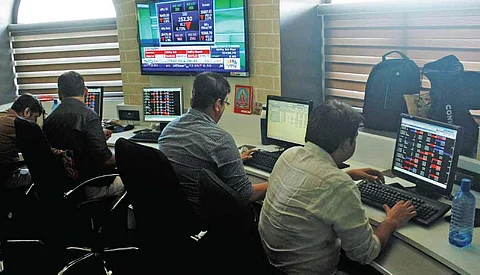This is the last part of the six-part series on the outlook for the equity markets. In the first four parts, we covered the outlook for US equity markets. In summary, the perspective is that while the US equity markets are likely to extend their rally in the near-term, the medium to long-term outlook is not positive, and more so if you look at it in the context of the real value of money. We also discussed the increasing role for gold in investment portfolios.
In the fifth part, we discussed where the Indian economy stands, and the near-term and medium-term outlook. In this final part, we will sum up the overall perspective on the Indian equity markets.
Indian equity markets and the US equity markets




